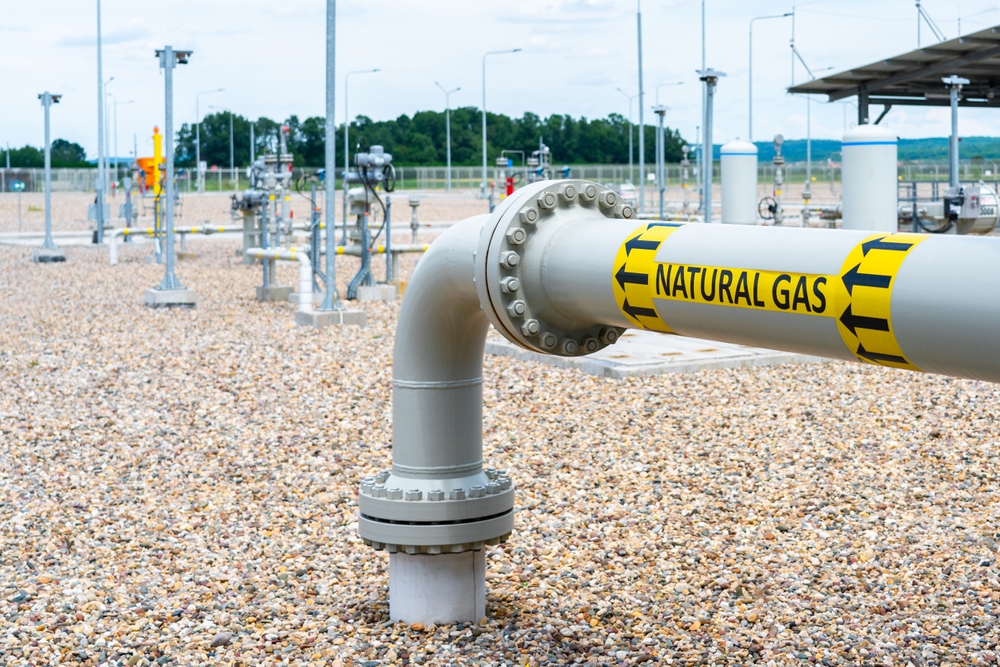Project Overview
Our existing product effectively detects leaks in liquid pipelines transporting crude oil, refined products, and water. This research project aims to extend these capabilities to pipelines carrying compressible products. By collaborating with industry partners, we seek to:
- Understand Regulatory Landscape and Customer Needs
- Analyze regulations governing compressible pipelines.
- Engage with industry stakeholders to ensure our solutions meet compliance requirements and customer expectations.
- Develop an Integrated Leak Detection Framework
- Combine AI/ML with physics-based models to accurately represent the behavior of compressible fluids.
- Use real-world data and withdrawal tests to observe how leaks manifest and validate our solutions.
- Integrate into Commercial Systems
- Seamlessly incorporate the new leak detection capabilities into our existing products.
- Provide a unified platform for monitoring both liquid and compressible pipelines
Challenges with Existing Leak Detection Technologies
Leak detection in compressible pipelines is more complex than in liquid pipelines due to factors like variable fluid compressibility, pressure fluctuations, and temperature effects. Traditional methods often struggle in this context.
- Real-Time Transient Models (RTTM) and Compensated Mass Balance (CMB)
- Complex Modeling Requirements: Compressible fluids require intricate modeling of thermodynamic properties and flow dynamics.
- Sensitivity to Data Quality: These methods depend heavily on precise sensor calibration and accurate measurements.
- Limited Effectiveness: They often struggle to detect small leaks due to high variability in compressible fluid behavior.
- External Detection Methods (Satellites, Sniffers, Fiber Optics)
- Environmental Dependence: Performance can be affected by weather conditions and environmental factors.
- Sparse Data Collection: Infrequent sampling may lead to delayed leak detection.
- Deployment Challenges: High costs and logistical difficulties hinder widespread implementation.
Our Innovative Approach
By integrating AI/ML with physics-based models, we aim to overcome these challenges:
- Enhanced Modeling of Compressible Fluids
- AI/ML algorithms learn complex patterns and behaviors from data, improving the accuracy of leak detection.
- The integration allows for more precise modeling without relying solely on complex physics equations.
- Improved Sensitivity and Accuracy
- Our system is designed to detect smaller leaks more reliably by recognizing subtle anomalies that traditional methods might miss.
- Reduces false alarms by effectively distinguishing between operational changes and actual leaks.
- Adaptability to Operational Variations
- The AI/ML models can adapt to changes in pipeline operations, such as flow rate adjustments and product variations.
Benefits of the Project
- Improved Safety
- Early leak detection minimizes the risk of accidents and protects personnel.
- Prevents potential catastrophic failures with timely intervention.
- Environmental Protection
- Reduces the likelihood of environmental contamination due to undetected leaks.
- Supports sustainability initiatives and responsible resource management.
- Regulatory Compliance
- Helps operators meet stringent regulatory requirements for leak detection.
- Provides accurate reporting and documentation capabilities.
- Operational Efficiency
- Enhances pipeline integrity management through proactive monitoring.
- Reduces downtime and maintenance costs by addressing issues promptly.
Conclusion
Our research project represents a significant advancement in leak detection technology for compressible pipelines. By integrating AI and ML with traditional physics models, we aim to provide an effective and practical solution that enhances safety, environmental stewardship, and operational efficiency while meeting regulatory requirements.
We invite individuals interested in our research efforts to follow our progress as we develop this innovative leak detection solution. Your engagement and feedback are valuable as we strive to enhance the safety and efficiency of pipeline operations transporting compressible products.

